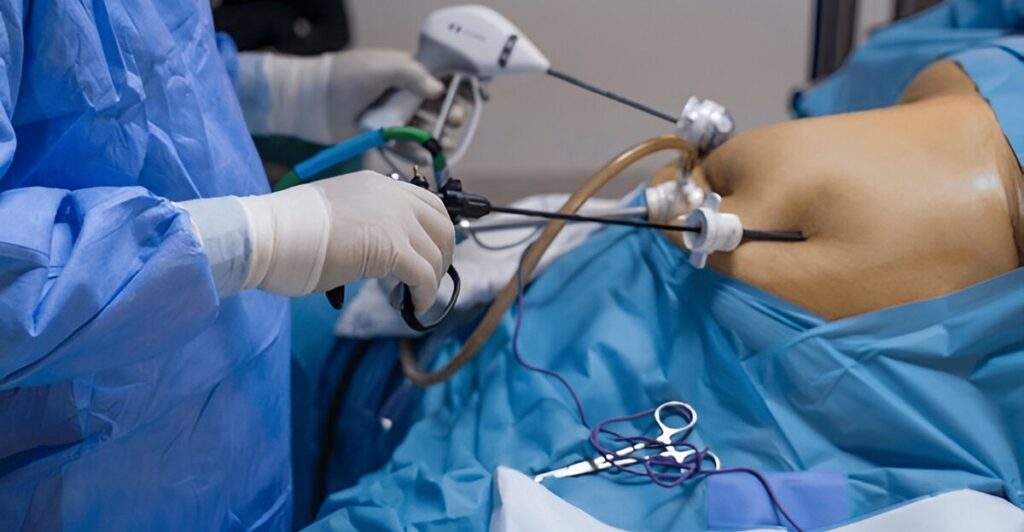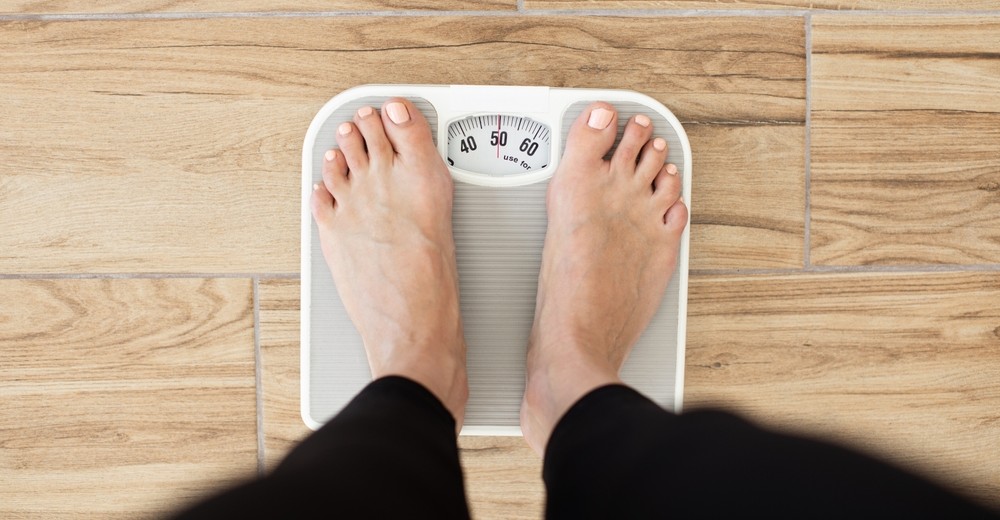The bariatric diet is a specialized eating plan designed for individuals undergoing or recovering from bariatric surgery, such as gastric bypass or sleeve gastrectomy. This structured diet supports significant weight loss, promotes healing, and prevents complications by adapting to the body’s new digestive capacity. In this comprehensive guide, we’ll explore the stages of the bariatric diet, recommended foods, benefits, challenges, and practical tips to help you succeed on your weight loss journey.
What Is the Bariatric Diet?
The bariatric diet is a progressive, medically supervised eating plan tailored for bariatric surgery patients. It helps transition the stomach from surgery recovery to long-term healthy eating while maximizing weight loss and nutrient absorption. The diet evolves through stages—starting with liquids and advancing to solid foods—based on healing progress and surgeon recommendations. The bariatric diet is critical for achieving 50–70% excess weight loss within 1–2 years post-surgery, as reported in Obesity Surgery studies.
Stages of the Bariatric Diet
The bariatric diet typically follows four stages, though timelines and specifics vary by surgeon or procedure. Always follow your medical team’s guidance.
Stage 1: Clear Liquids (1–7 Days Post-Surgery)
- Purpose: Hydrate the body, minimize strain on the healing stomach, and prevent dehydration.
- Foods: Water, clear broth, sugar-free gelatin, electrolyte drinks (e.g., Gatorade Zero).
- Guidelines: Sip small amounts (1–2 oz every 15–30 minutes), aim for 48–64 oz fluids daily, no carbonation or straws.
- Calories: ~200–400 daily, minimal nutrition to prioritize healing.
Stage 2: Full Liquids (1–2 Weeks)
- Purpose: Introduce gentle nutrition while keeping the stomach comfortable.
- Foods: Protein shakes (whey or plant-based), skim milk, unsweetened almond milk, strained cream soups, sugar-free pudding.
- Guidelines: 60–80g protein daily, 64 oz fluids, 3–5 small “meals” (4–6 oz each).
- Calories: ~400–600 daily, focusing on protein to prevent muscle loss.
Stage 3: Pureed/Soft Foods (2–4 Weeks)
- Purpose: Gradually reintroduce solids to build tolerance and nutrient intake.
- Foods: Pureed chicken, mashed avocado, blended vegetables, low-fat cottage cheese, scrambled egg whites.
- Guidelines: 60–80g protein, 4–6 small meals (¼–½ cup each), chew thoroughly, stop at first fullness.
- Calories: ~600–800 daily, emphasizing protein and hydration.
Stage 4: Solid Foods (1–2 Months and Beyond)
- Purpose: Establish long-term eating habits for weight loss and maintenance.
- Foods: Lean meats (chicken, turkey), fish, tofu, vegetables, small portions of whole grains, healthy fats (e.g., olive oil).
- Guidelines: 60–100g protein, 3–5 small meals (½–1 cup), prioritize protein first, avoid high-sugar/fat foods, maintain 64 oz fluids.
- Calories: ~800–1,200 daily, adjusted for weight loss goals.
Long-Term Maintenance
After 3–6 months, the bariatric diet focuses on balanced, nutrient-dense eating to sustain 1–2 pounds of weekly weight loss and prevent regain. A Journal of the American Medical Association study found that adherence to a high-protein, low-calorie diet post-surgery led to 60–80% excess weight loss within 18 months.
Recommended Foods for the Bariatric Diet
To support healing and weight loss, the bariatric diet emphasizes:
- High-Protein Foods: Chicken breast, turkey, fish, eggs, tofu, Greek yogurt, protein shakes (15–30g protein per serving).
- Non-Starchy Vegetables: Spinach, broccoli, zucchini, cauliflower for fiber and vitamins.
- Healthy Fats: Avocado, olive oil, nuts (in moderation, 1–2 tbsp daily).
- Low-Glycemic Carbs: Quinoa, sweet potato, oats (small portions, ¼ cup cooked).
- Hydration: Water, herbal tea, sugar-free electrolytes (64–80 oz daily).
Foods to Avoid
- High-Sugar Foods: Candy, soda, desserts (risk dumping syndrome, rapid sugar spikes).
- High-Fat Foods: Fried foods, creamy sauces (hard to digest, high-calorie).
- Carbonated Drinks: Can cause gas or stomach stretching.
- Tough or Dry Foods: Steak, bread, popcorn (may cause blockages early on).
- Alcohol: High-calorie, irritates stomach, and impairs nutrient absorption.
Benefits of the Bariatric Diet
Following the bariatric diet offers significant advantages:
- Significant Weight Loss: Supports 50–70% excess weight loss within 1–2 years, improving obesity-related conditions like diabetes and hypertension.
- Improved Digestion: Small, frequent meals and protein focus ease digestion in a reduced stomach.
- Nutrient Optimization: High-protein, nutrient-dense foods prevent deficiencies (e.g., B12, iron).
- Long-Term Health: Promotes sustainable habits, reducing regain risk, per Obesity Reviews studies.
- Enhanced Quality of Life: Weight loss boosts mobility, energy, and confidence.
Challenges of the Bariatric Diet
Despite its benefits, the bariatric diet has challenges:
- Restrictive Nature: Small portions and food restrictions can feel limiting, especially socially.
- Nutrient Deficiencies: Risk of low B12, iron, or calcium without supplementation (multivitamin, B12 shots recommended).
- Dumping Syndrome: Eating sugars or fats can cause nausea, diarrhea, or dizziness (affects 20–40% of patients).
- Emotional Adjustment: Food restrictions may trigger emotional eating; counseling helps.
- Cost: Protein shakes ($15–$40/month) and supplements ($10–$30/month) add up.
Real User Experiences with the Bariatric Diet
Feedback from bariatric surgery patients on forums and social media highlights varied experiences:
- Positive Reviews:
- “Stage 2 was tough, but protein shakes saved me. Lost 30 pounds in 3 months!” – Karen, 45.
- “The bariatric diet is strict, but I’m down 50 pounds in 6 months. No more diabetes meds!” – Mike, 52.
- Negative Reviews:
- “Pureed foods got boring fast, and I missed chewing. Took time to adjust.” – Lisa, 38.
- “Dumping syndrome hit hard when I tried sweets early on. Learned my lesson.” – Sarah, 41.
Users emphasize working closely with dietitians and support groups for success.
Tips for Success on the Bariatric Diet
To thrive on the bariatric diet, follow these practical tips:
- Follow Your Surgeon’s Plan: Adhere to stage timelines and portion guidelines to avoid complications.
- Prioritize Protein: Aim for 60–100g daily, eating protein first at meals to meet needs.
- Stay Hydrated: Sip 64–80 oz of fluids between meals, avoiding drinking 30 minutes before/after eating.
- Take Supplements: Use a bariatric-specific multivitamin, calcium citrate, and B12 as prescribed.
- Eat Slowly: Chew thoroughly (20–30 times per bite) and stop at first fullness to prevent discomfort.
- Track Intake: Log food and fluids in apps like Baritastic to ensure protein and calorie goals (800–1,200 daily).
- Join Support Groups: Connect with bariatric communities online or in-person for motivation and tips.
- Exercise Regularly: Start with walking (30 minutes daily) and add strength training (2–3 times weekly) after clearance to boost metabolism.
Sample Bariatric Diet Meal Plan (Stage 4)
Here’s a one-day Stage 4 plan (1,000–1,200 calories, 80g protein):
- Breakfast: ½ cup low-fat cottage cheese + ¼ cup diced cucumber (120 calories, 14g protein).
- Snack: 1 scoop whey protein shake with water (120 calories, 20g protein).
- Lunch: 3 oz grilled chicken, ½ cup steamed spinach, 1 tbsp olive oil drizzle (250 calories, 25g protein).
- Snack: ¼ cup Greek yogurt, unsweetened (80 calories, 6g protein).
- Dinner: 3 oz baked salmon, ½ cup roasted zucchini, ¼ cup quinoa (350 calories, 20g protein).
- Fluids: 64 oz water, sipped between meals.
- Total Calories: ~920, ~85g protein
Adjust portions and foods based on your stage and medical advice.
Is the Bariatric Diet Right for You?
The bariatric diet is essential for:
- Individuals who’ve undergone bariatric surgery (e.g., gastric sleeve, bypass).
- Those committed to strict dietary guidelines and medical follow-ups.
- People aiming for significant weight loss (50–70% excess weight) and health improvements.
It may not suit:
- Non-surgical candidates or those unwilling to follow a restrictive plan.
- Individuals with difficulty accessing protein-rich foods or supplements.
- People needing more flexible diets due to lifestyle or preferences.
Alternatives to the Bariatric Diet
For those not undergoing surgery, consider:
- Low-Carb Diet: Reduces insulin-driven fat storage, similar to Stage 4 (e.g., keto, Atkins).
- Meal Replacement Plans: Shakes like SlimFast mimic early bariatric stages ($15–$40/month).
- Mediterranean Diet: Balanced, less restrictive option for gradual weight loss.
- Supervised Programs: Weight Watchers or Noom offer structure without surgery ($15–$45/month).
Final Thoughts on the Bariatric Diet
The bariatric diet is a cornerstone of success after bariatric surgery, guiding patients through healing and significant weight loss with structured stages. By prioritizing protein, hydration, and nutrient-dense foods, it supports 50–70% excess weight loss while minimizing complications. Though challenging, with dedication, support, and medical guidance, the bariatric diet can transform health and quality of life.
Always consult your surgeon or dietitian before starting. Have you followed a bariatric diet? Share your tips or experiences in the comments below!



